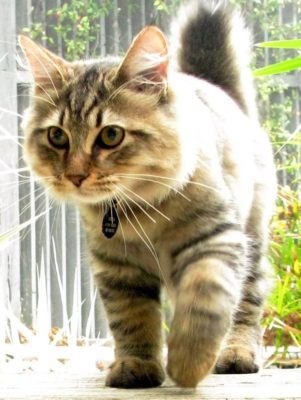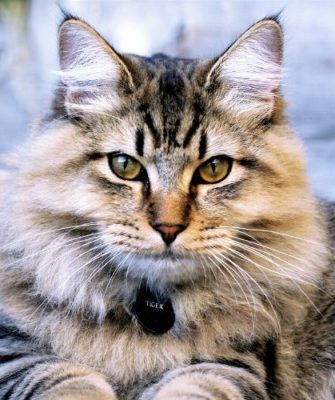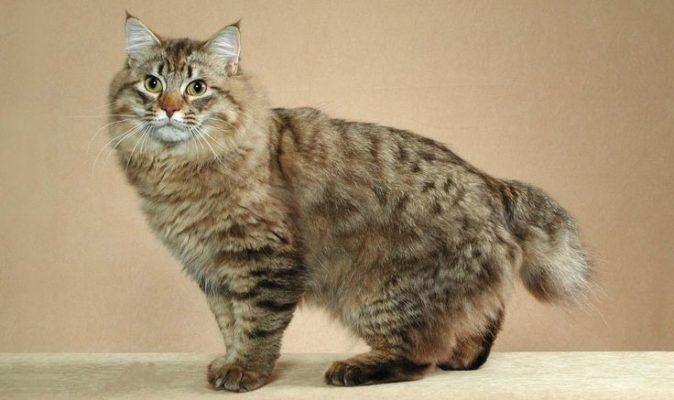American Bobtail Longhair
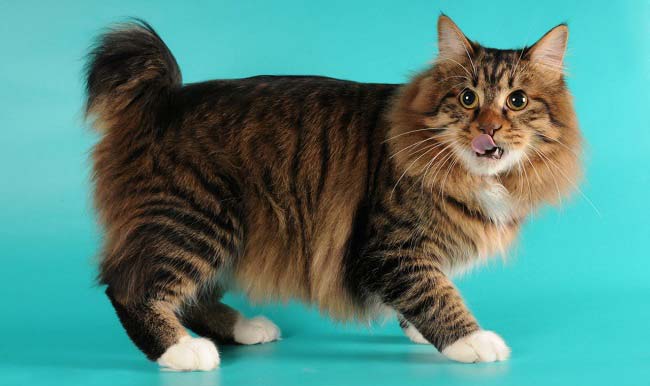
By nature, American Bobtail Longhair – calm and judicious. Playfulness can be observed in some situations, but in general, it is not inherent. The pet adores the family and is ready to spend hours with the owners. The best gift for him will be spending time together. At the same time, he quickly catches the atmosphere in the house, and if the situation demands it, it will not interfere with petting. Bobtails get on well with children.
Table of Contents
Breed Information
| Origin | United States |
| Size | Up to 30 cm |
| Weight | 3-7 kg |
| Fur Type | Long-haired |
| Color | Anyone |
| Lifestyle | Indoors |
| Lifespan | 11-15 years |
| FIFe Classification | – |
| WCF Classification | – |
| TICA Classification | BB |
| Group | Long-haired cats, cats for apartments |
| Price | $600-1000 |
Breed Photos
Origin History
The first representatives of the breed were born in South America in 1960. Chet Sanders and her family were vacationing near an Indian community. There the woman saw a kitten, which she named Yode, and decided to make a pet. As an adult, the cat was crossed with a member of the Siamese named Mishi. Among the babies born was a kitten whose tail resembled its father’s. It was he who later became the unique representative from whom the American Bobtail Longhair was bred.
Another theory of the origin of the breed states that the animals were born due to random mutations in the selection of redheads. Several breeds, including Persian and Himalayan, were used for the purity of offspring. The American Bobtail Longhair standard was bred in 1969. Twenty years later, the TICA organization officially recognized the breed.
Appearance
Cats are endowed with a strong build. Medium-sized animals are short in stature. Cuneiform head with a well-defined chin. Cheekbones are visible on the square muzzle. The small ears are inclined forward. Eyes are round or oval and set wide. Paws are short and rounded. Between the pads are woolen tassels. What distinguishes American Bobtails is a short tail – about 7 cm with fluffiness. The pets have a thick undercoat. And in cats, it is more pronounced than in cats.
Character
By nature, American Bobtail Longhair – calm and judicious. Playfulness can be observed in some situations, but in general, it is not inherent. The pet adores the family and is ready to spend hours with the owners. The best gift for him will be spending time together. At the same time, he quickly catches the atmosphere in the house, and if the situation demands it, it will not interfere with petting. Bobtails get on well with children. They do not scratch, do not bite, and do not get angry even during children’s active games. American Bobtails are one of those who can create a long-lasting friendship between man and animal.
Representatives of the breed get along well with other pets. Moreover, they should live in a family where there are other animals than alone. If the rhythm of life or frequent business trips does not allow a regular stay at home, it is better to choose another breed as a pet.
Care
Representatives of the breed do not need thorough grooming. Once a week, it is worth combing out dead hair. Use a furminator or brush with natural hair for this procedure. Every day, wipe the eyes of an American Bobtail Longhair with a moistened cotton swab. Regularly clean the ears of wax buildup and small insects.
Education
If enough time is given to the American Bobtails, they are easy to train. The sharp mind of representatives of the breed allows them to grasp what is required of them quickly. Cats love walks in the fresh air. They get used to the leash, so do not be afraid of losing your pet. When outdoors, use a flea and tick collar.
Common Diseases
With proper care, adequate diet, and regular visits to the veterinarian, cats do not get sick throughout their lives. There are cases of worming, fleas, shingles, eye and ear abnormalities. Don’t forget about vaccinations. It will help to carry viruses more efficiently and strengthen immunity. The first vaccination is recommended at three months of age. If the kitten is diagnosed with worms – vaccination is prohibited. After that, on average, vaccinations are done once every six months.
Nutrition
For a small kitten, it is recommended to introduce five meals a day. Portions should not be large. Do not leave food for the next meal, but put it in a bowl for one meal. After six months of age, you can move to three meals a day, from eight months – to two meals a day. From an early age, it is allowed to give your pet ground meat. As it grows older, add wet and dry premium and super-premium foods, fish, and sour milk products.
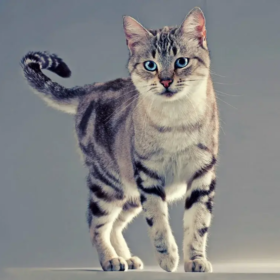 Asian (Tabby)
Asian (Tabby) Highland Fold
Highland Fold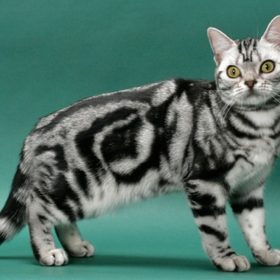 American Shorthair
American Shorthair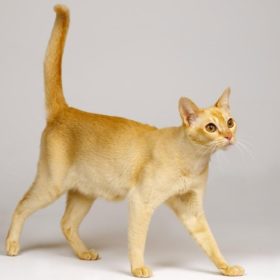 Ceylon
Ceylon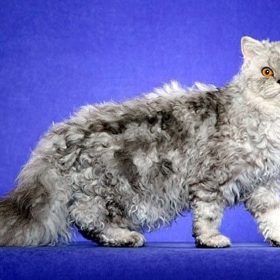 Selkirk Rex Longhair
Selkirk Rex Longhair Ocicat
Ocicat